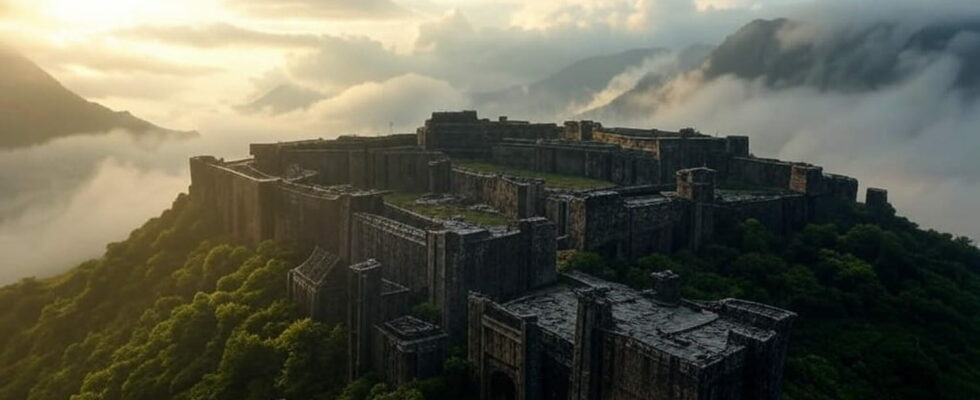Archaeologists have discovered a fortress more than 3000 years old, one aspect of which particularly surprised them. Our ancestors were more advanced than expected.
The Bronze Age spanned a period of almost 2000 years, from 2700 to 800 BC. It is characterized by the existence of bronze metallurgy and therefore varies according to the regions of the world. It preceded the Iron Age. In a study published in the journal Antiquityarchaeologists share their discovery of a fortress from that time, more than 3000 years old, during excavations in Georgia, in the Caucasus Mountains. This region was the crossroads of many different cultures and multiple fortresses were built there between 1500 and 500 BCE.
Archaeologists have, among them, identified the fortress of Dmanisis Gora. Thanks to its “relatively flat topography,” “sediments accumulated in layers over time, helping to preserve Late Bronze Age artifacts and evidence,” explained Dr. Nathaniel Erb-Satullo , lecturer in archaeological sciences at Cranfield University.
In the fall, after the tall summer grasses had disappeared, they unearthed remains of walls and other stone structures that were scattered far beyond the fortress previously identified in summer. However, it was impossible for them to assess the size from the ground. That’s why they used drones. Using these devices, they flew over the area and were able to map the extent of the fortress. Nearly 11,000 photos were taken, making it possible to create digital reconstruction models.

To the great surprise of the archaeologists, the site was immense, much larger than they thought with very imposing fortification walls. Dmanisis Gora is thus one of the “mega fortresses”, which bring together extensive external fortification systems covering more than 50 hectares. “The results of this study showed that the site was more than 40 times larger than initially thought, including a large outer settlement defended by a 1 km long fortification wall,” revealed Dr Nathaniel Erb-Satullo.
This exterior part has been identified as an ephemeral expansion depending on the seasons and “interactions with mobile pastoral groups”. The site seemed, in fact, to accommodate breeders who moved their animals between winter and summer grazing areas.
Mapping such a site will make it possible to study its population density as well as its lifestyle and agricultural practices. Archaeologists will be able to learn more about how societies functioned during this period of the Bronze Age.
